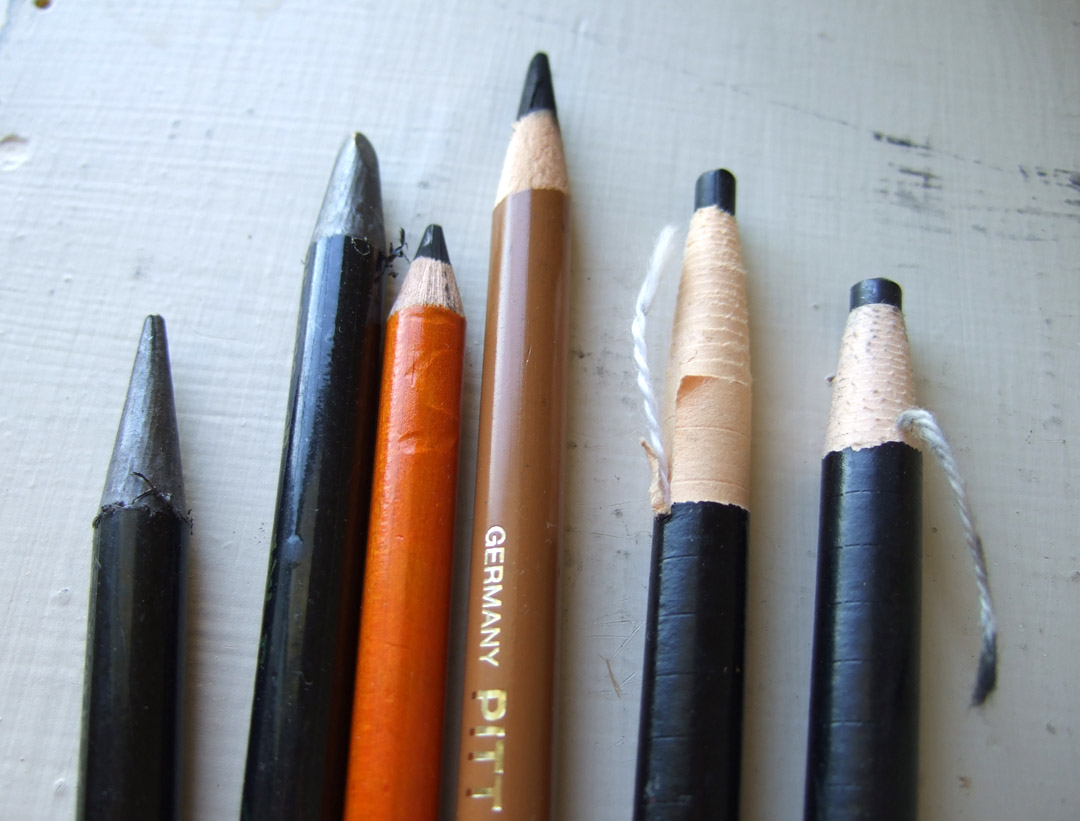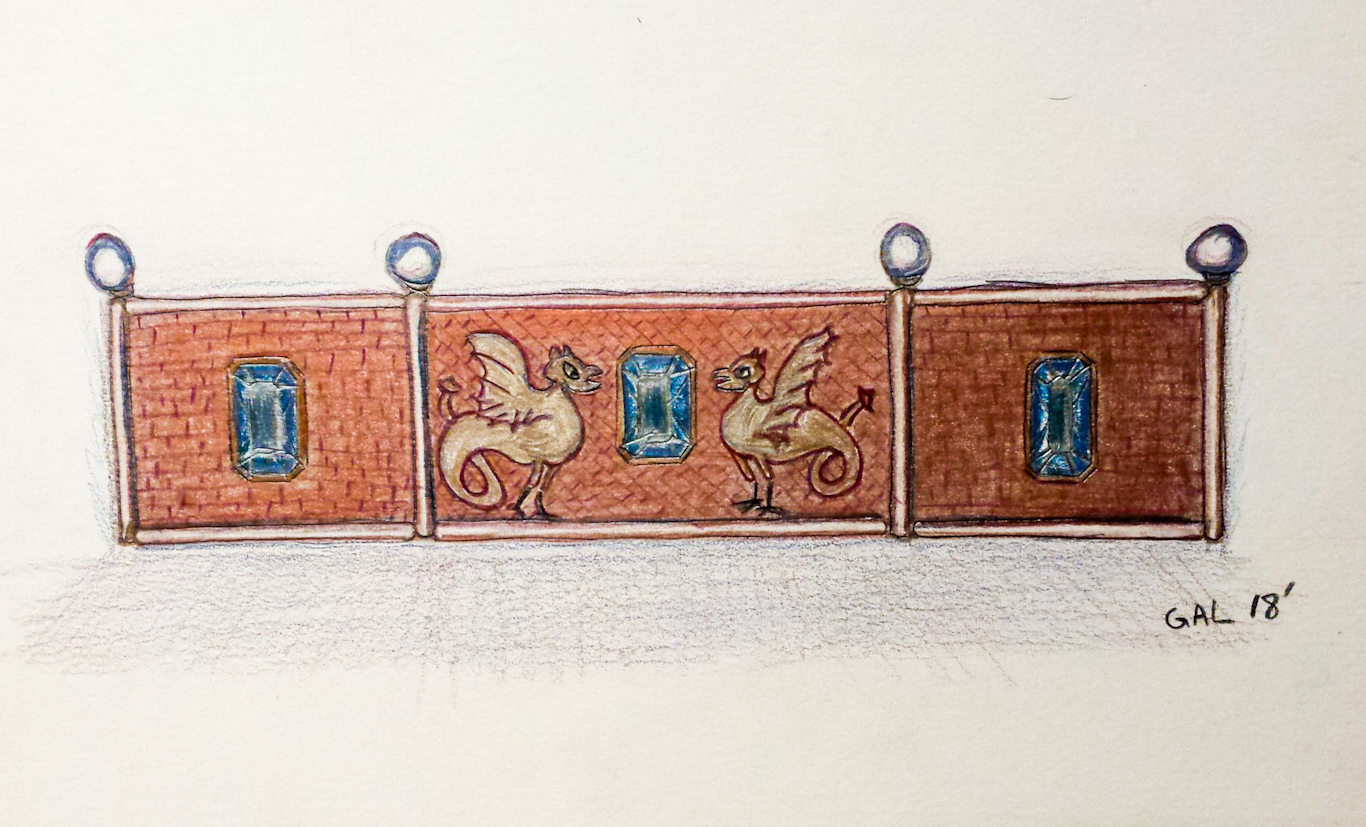Your first and most important tool as a jeweler
Originally posted on September 10th, 2018 by Gerald A. Livings
I have seen may people take up jewelry as a hobby and a career. So I thought I would share what the first jewelry tool I was handed when I started.
Lon Putman handed this to me over 30 years ago and told me it was going to be the most important tool I would ever use. And he was 100% correct. I use it every time I go into my shop. Many times when I am not even in my shop. When people visit my shop to learn, I start by telling them that this is the most important tool they can ever have as well.
What is this mystery tool?
A saw frame?
A file?
A jewelers loupe?
No need to guess. I am happy to tell you.
It is a…..
Pencil!
Yes. A common pencil.
it records ideas. Makes sketches. makes notes about what went well and what did not go so well. It records your memories and experiences so a month, year, decade from now you will not have to reinvent the wheel. So go grab a pencil and take a good hard look at it and think about what you can and have been able to do because of such a simple tool.

Now here is the fun part. I can not draw worth a crap. Some 2D artists can draw beautiful images, Some so real, you think that they are photographs. other artists are 3D, and can take and make a copy of that object that is next to real. But I always draw a counter sketch before I work.
Why is this important?
It preserves information that is not easily described with words.
Before making a piece of jewelry, I like to see it, and if you work with clients, they REALLY need to see it.
Drawing is used to consider design principles like balance and unity. it also can show how a subtle change in a line can radically alter the jewelry piece! Simple tricks like using a dotted line to maintain symmetry, helps to improve sketching jewelry ideas for clients or with your own ideas.
But why not just describe it? well, the answer is because memory, especially visual memory is not reliable.
If you question someone they will be like over 50% of people and describe their memories as accurate. Yet our memories can also be contaminated by outside forces, internal biases, and even our own thoughts. Not every detail we recall is trustworthy. Ask any police officer, or lawyer about eye witness statements. Studies have been done and, even witnesses who are confident about what they’ve seen are wrong about 30% of the time.
This is why we draw. Even if it looks like chicken scratches, draw.
Your first sketch might be just for blocking in rough proportions and the overall design. it might lead to a second sketch where you are refining the detail and flow of lines.
When working with clients, is very efficient. And in a design environment it’s naturally much more effective to communicate both verbally and visually. Most clients do not have the training to visualize a design when described. Defining and demonstrating subtle details is where drawing is useful. Even a very rough sketch works.

Practice, Practice, Practice
So if you feel that you can’t draw well, practice and make the most of what you have to work with.
Most people draw far better than I do. Talent, is what I describe as a continuum.
Let me repeat what I mentioned above about drawing,. Even if you feel you’re not great at it and making the most of (and improving) what you can do. Just keep practicing.
Do not underestimate how functional you can become at drawing if you just push yourself.
continuum a continuous sequence in which adjacent elements are not perceptibly different from each other, although the extremes are quite distinct.
A quick story
When I went to school thinking to get an art degree so I could teach jewelry arts, I had one instructor who had the class draw a sketch, put it in an envelope and hand it in. It was a month later that he had us make those rings. Only then did we go up to the front of the class, open the envelope and compare the sketch to the ring we made. Much laughter was had at the expense of almost everyone.

(Only one student was able to make her ring match the drawing. Not surprisingly, as she was very talented. If you saw the detail of the paintings and drawing she did, you would see why she was the only one who passed this assignment. )
I have improved some over the years, but I will never make a living from my drawing skills. But it preserves information that is needed so I can, as a 3D artist, make the item in the sketch. Compare my 2 sketches and you will see what is possible with plenty of practice and no talent.
I can not stress enough the importance of a technical and illustrated dialogue between a designer, a client and the jewelers doing the work if it is not you.

Very interesting. Thank you for sharing. I make jewelry out of beads. I also learned to do etchings, enamel, patina and lost wax casting in high school. I unfortunately don’t have the space to do this in my house.